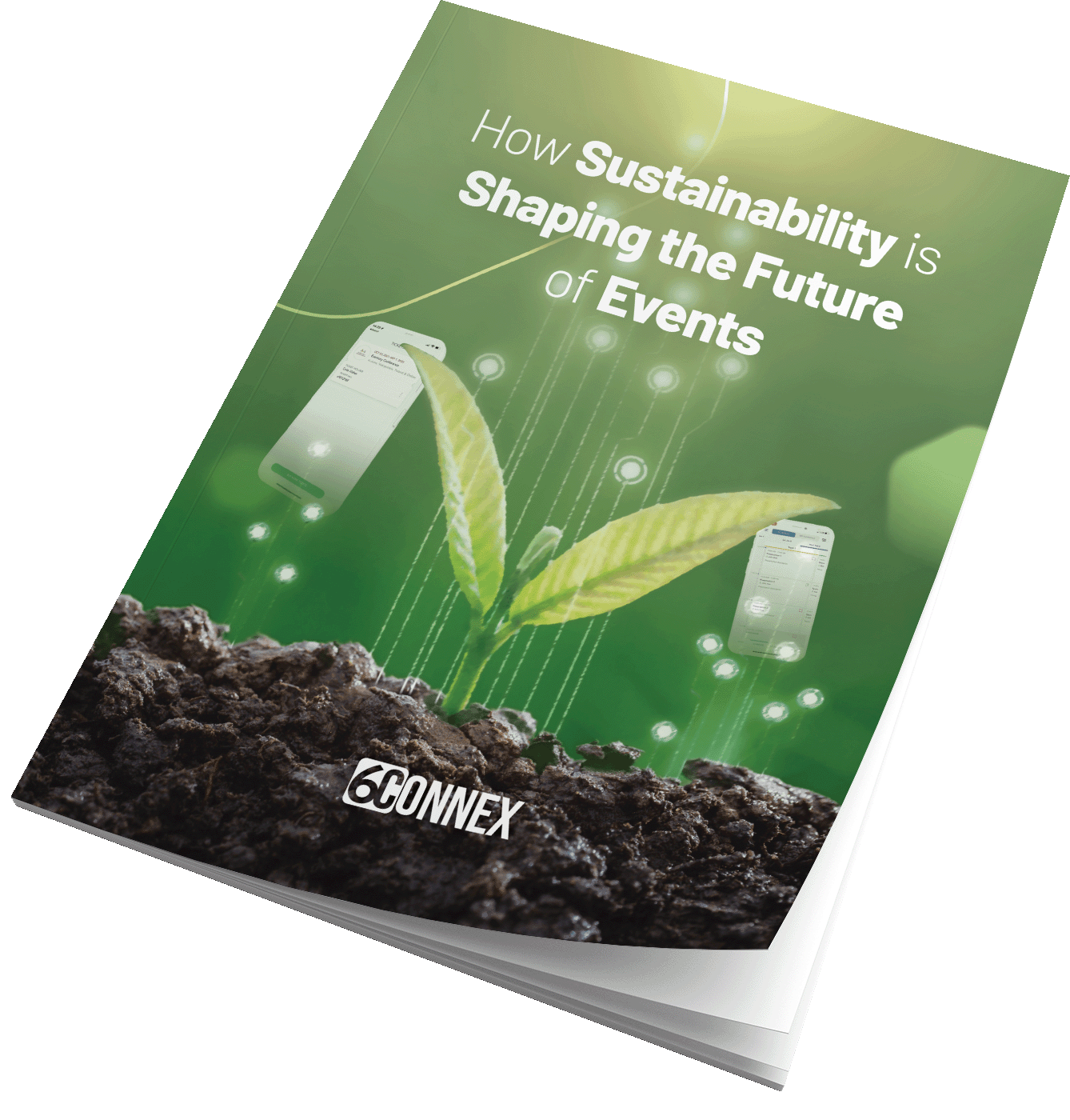
The event industry is growing, and so are the concerns about sustainability management, resource sharing, and over-exploitation. As event professionals, we have a responsibility to make our events sustainable to minimize negative impacts on the environment while still providing valuable experiences to attendees. This is why we've created this guide to help you understand the importance of sustainability in event planning and how it can shape the future of events.
Hear from industry experts and thought leaders who are revolutionizing the way events are planned, managed, and executed, featuring:
Marley Finnegan, Founder of PURPOSE Sustainability Strategy
Michele Fox, Founder of MUSE (Members United for Sustainable Events)
Mercedes M. Hunt, Ph.D., Director of Energy and Sustainability, Marriott International
Joanna Kaplon, Head of Product, Eventory by 6Connex
Eduardo Lebre, Founder of Circular Unity
Shawna McKinley, Principal at Clear Current Consulting
Delve into interviews with industry professionals who reveal their perspectives on ESG best practices in event planning.
Our ebook equips you with practical tips and strategies for promoting sustainability, from measuring your baseline emissions to partnering with eco-conscious vendors and suppliers.
Embracing sustainable practices not only reduces waste and cuts costs but also amplifies your brand's reputation, enabling you to drive more leads, retain customers, and increase event ROI.
6Connex is the leading provider of in-person, hybrid, and virtual event technology for enterprises worldwide. Our cloud-based product portfolio includes event management tools, in-person event apps, virtual venues, webinars, learning management, and more.
From internal meetings to large scale conferences, we allow you to engage and transform big ideas into real-world results.
425 Soledad St.
Suite #500
San Antonio, TX 78205
1.800.395.4702
Australia: +61.2.72294013
Brazil: +55.11.4375.3555
United Kingdom: +44.20.37447284
United States: +1.210.890.5769